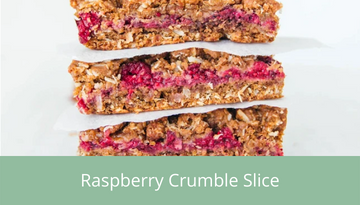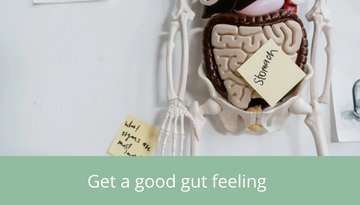Reading labels can be tricky even at the best of times.
If you are eliminating gluten from your diet, here is some key information on what to look for when considering the right product for you.
Here are our top 3 tips when reading a gluten free label
WHAT DOES A GLUTEN-FREE LABEL MEAN?
A gluten free label means that you can trust the product is made containing no gluten. The manufacturer has gone through the required steps to ensure the product is true to its label quality and efficacy.
TIP 1:
Look for third party certifications
Manufacturers will include third party certifications on their packaging to provide confidence in the gluten-free foods you are buying. It also means that the product has passed a higher recommended standard to be considered safe for gluten-free consumers. Some third-party certifications are: Certified Gluten Free, Crossed Grain logo and USDA Organic. To be clear, it is not necessary to limit yourself to only the third party ‘Certified' gluten-free foods.
TIP 2:
Read the full ingredient list
It is important to check an ingredient list before safely assuming a product is gluten free. You want to make sure it does not contain barley, gluten, oats, rye or wheat (all types). To make note, these can also be listed under their non obvious names too, so secondary checks here are needed.
We also recommend finding available resources for reading gluten-free labels. The Celiac NZ Ingredient list booklet (2nd Ed) is a great source.
There are some foods that are naturally free from gluten, and do not need to mention this on their packaging. This includes eggs, fruit and vegetables (unrefined) and animal protein (unseasoned).
TIP 3:
What about the ‘may contain statements?
Manufacturers will use voluntary statements like ‘may contain wheat' or ‘processed in a facility that handles wheat’ to be transparent with the consumer. It is often used to only alert shoppers with very serious allergies. This does not mean it contains known wheat but there is a chance of trace amounts. To be clear, these products are safe for consumption if labelled ‘Gluten Free or Certified Gluten Free’ and do not affect the gluten-free status of a product.
Figuring out if the foods you are selecting off the shelf is gluten-free and safe to eat does not have to be confusing. Seek advice where you may be unsure, you can also visit the manufacturer’s website for verification or find a supporting community group to help.
We recommend that you should seek the advice of your qualified healthcare professional with any questions you may have about a related medical condition.
Hilary Te Hira Consulting Natural Health Specialist







